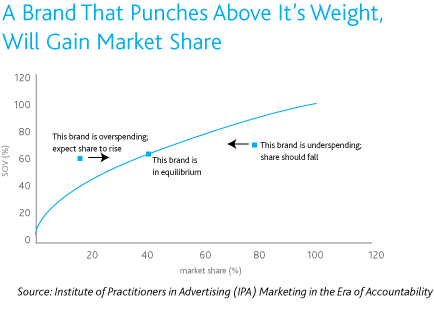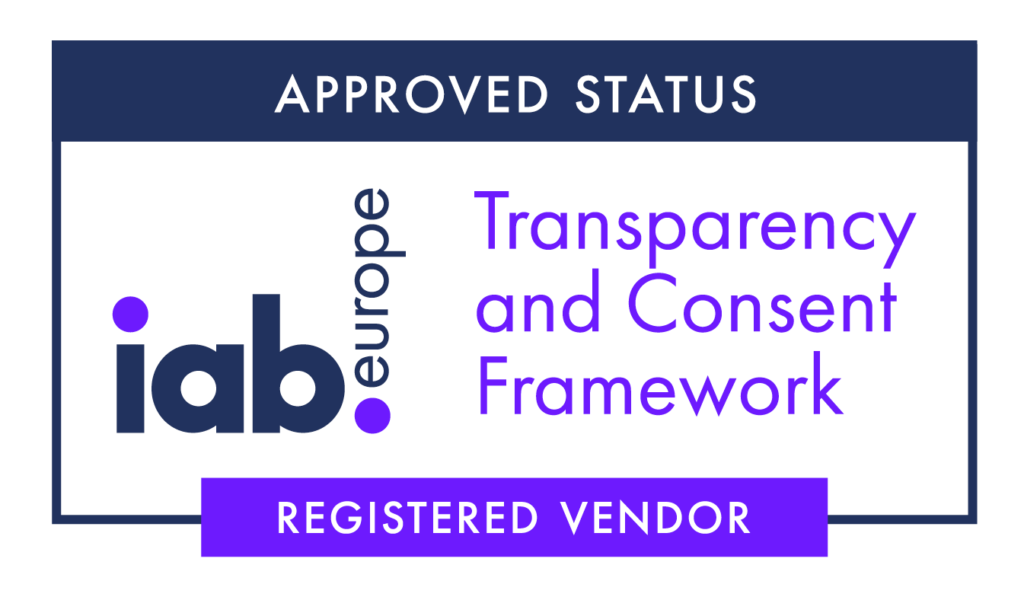Have you ever tried to close a sale on an existing customer, only to hear the disappointing news that they chose to go elsewhere? In B2B, you need to ensure your share of voice (SOV) is above your Share of voice (SOV) to keep sustainable growth.
The Share of Voice marketing rule has been in place for over 50 years in B2C. It is about time B2B companies start paying attention to general marketing principles that apply in their field as well.
1. Results matter
Each time we onboard a new project we are asked to have the answer to one question: How soon can we expect to see results? As ABM strategy works best at accounts with long and complex sales cycles, soon can sometimes not be quick enough. However, you need to know how soon it will pay off for you and how quickly you can prove uplift. If you are uncertain about ABM and what it can do for you, have a quick look at your existing customers for a start.

2. Why focus on existing customers?
There is no single reason to why you should but really, what is surprising to see is that more marketers are not taking more advantage of this opportunity. Here just a few good reasons to consider it:
- It is much easier to increase Share of Voice marketing within an existing customer than gaining recognition from companies that know nothing about you. Talk to your sales reps. They tell you how much they’d rather do up-selling or cross-selling than cold selling. There must be a good reason for it! It is also easier for you to convince existing customers to test-try-and-buy a new solution than to take a complete stranger in the acquisition journey. Account-Based Advertising is an excellent tool for client retention as well.
- It’s also a lot more cost-effective. It offers businesses that invest in B2B display advertising a simple, but effective, rule of thumb on how to set budgets, ie. deciding which companies should receive more marketing investment.
- You have higher ROI. Repeat customers build on your efficiencies whereas new ones require a lot more of hand-handling. On your existing accounts, you already have relationships with, therefore they are more willing to listen and you can go faster with them.
Times of uncertainty are ideal to work on risk mitigation and existing customers are just the natural starting point. Here is where you find the low-hanging fruit.














